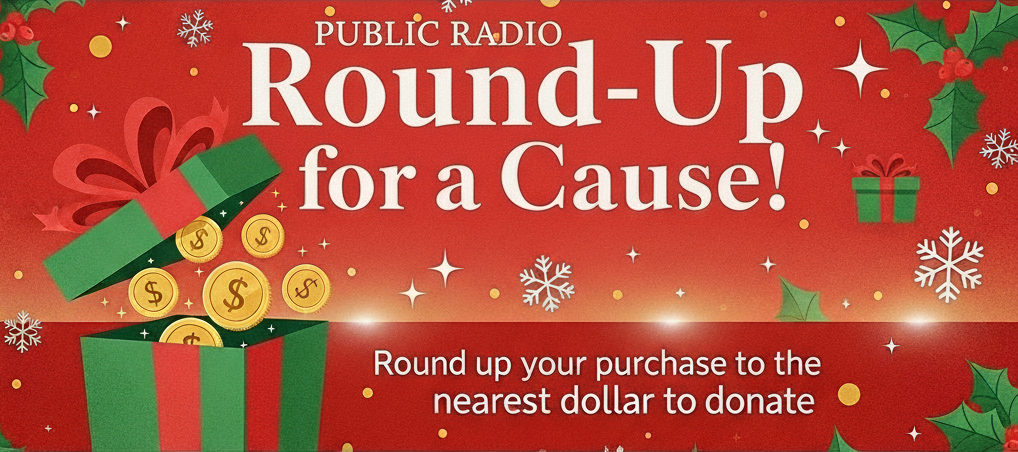The season of giving is just ahead so now is a great time for “Round-up” fundraising (where customers are asked to round their purchase up to the nearest dollar) because during the holidays people are shopping even more than usual. Given the current softness in the local ad market, consider trying something new by leveraging your sales team to build new client relationships by getting the names of participating retailers on the air. Here’s a list of the pros and cons with tips for success:

Pros
- Low-friction giving. The ask is tiny, so customers rarely feel pressure, but micro-donations add up quickly when many people participate.
- Easy to communicate. A simple “Would you like to round up to support public radio?” is straightforward for staff and customers.
- Builds community goodwill. Partners get positive PR for supporting a local cause. Donors feel good about contributing without a major commitment.
- New donor pipeline. Introduces your brand or station to people who may later become members or larger donors.
- Cost-effective. Minimal overhead compared to special events or major campaigns.
Cons
- Small individual impact. Average gifts are tiny so high volume is essential to make the program worthwhile. But a low-stakes round-up can be the first touchpoint that later converts shoppers into sustaining members.
- Reliance on partners requires retailer participation and staff training to ask consistently. Success depends on checkout staff buy-in and execution. Choose strong partners with high foot traffic and mission alignment.
- Donor anonymity. Donations often come through the partner’s system, making it hard to capture names or contact info for future cultivation. If possible, capture leads with signage or QR codes that can invite round-up donors to learn more or become members.
- “Checkout fatigue” Shoppers are increasingly asked to round up or donate at many stores; some may tune out or resent the request. Emphasize community service and listener-supported funding without interrupting broadcasts. Customers might think the retailer is the main beneficiary if messaging isn’t crystal-clear (“your pennies help your station”).
- Perception issues. Customers may suspect the retailer benefits (tax write-offs, marketing) more than the charity, potentially undermining trust. Track and share impact (“Thanks to your pennies, we raised $50,000 for local news!”). Combine with messaging that tells a quick story about what each donation
Partnership Ideas
Partner Type
Grocery co-ops / natural food stores
Why It Works
Community-focused, values-driven
Example Pitch
“Round up today to keep fact-based local news on the air.”
Coffee chains or independent cafés
Daily routine for commuters and listeners
“Your latte change keeps Morning Edition brewing.”
Bookstores & record shops
Culturally aligned audience
“Round up to support the stories you love to hear.”
Christmas’ markets (mobile POS)
Seasonal, local
“Add 50¢ to your figgy pudding to grow independent journalism.”
Sample Messaging
“Would you like to round up your total to support [Station Call Letters], your local NPR station?”
POS/Signage
- Headline: “Keep the Conversation Going.”
- Subtext: “Round up your purchase to the next dollar. Every cent keeps trusted news and music on the air.”
- Impact Line: “Last month, shoppers like you funded 10 hours of local reporting.”
Tips for Success
- Tie to on-air recognition – thank the partner on-air (“Support for [Station] comes from shoppers at Green Leaf Market – over $40,000 raised this holiday season!”).
- Create a follow-up path – display QR codes linking to a “thank-you & become a member” page.
- Rotate short campaigns – a 4 to 6 week burst creates urgency and minimizes staff fatigue.
- Share results – post totals.

Leave A Comment